Beach driving safety tips
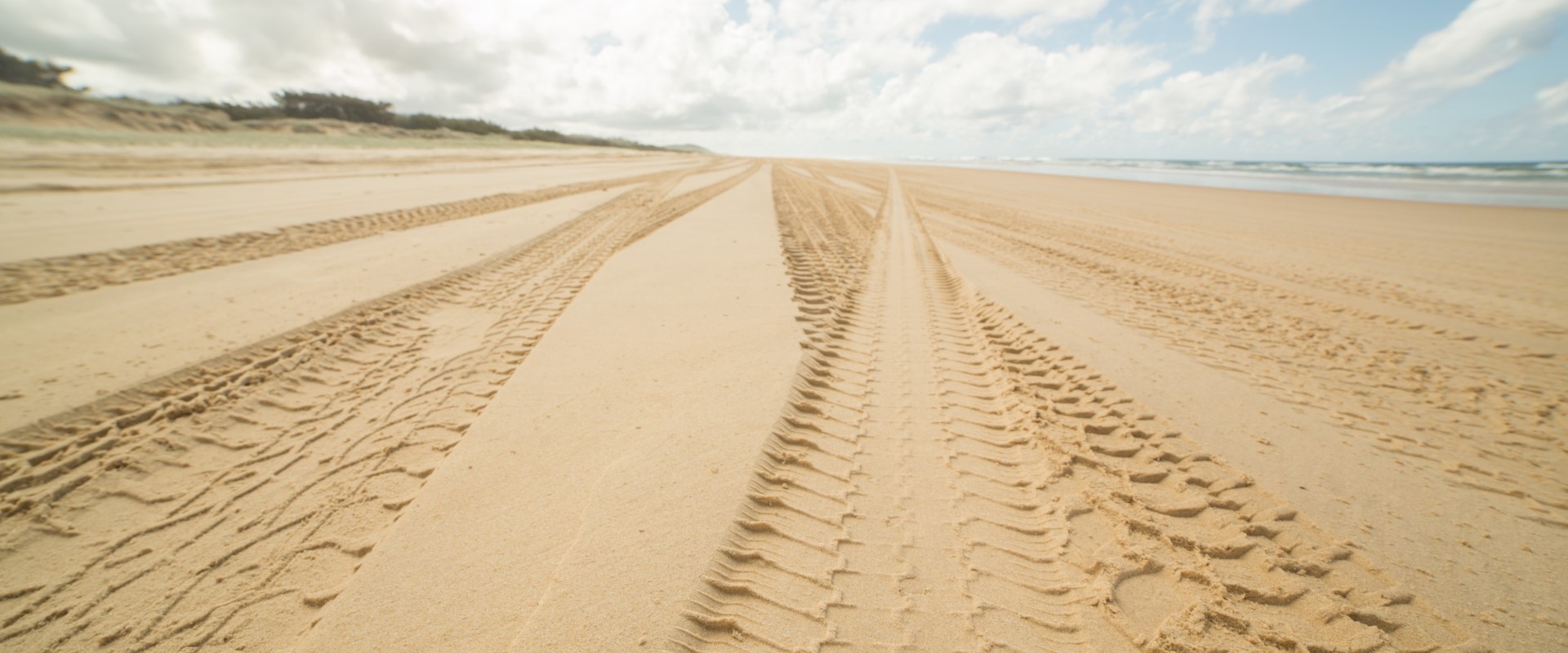 Heading down to the beach with your 4-wheeled steed this summer? We review what you need to keep in mind when it comes to rules, guidelines and etiquette.
Packing everything but the kitchen sink in the back of the car and heading down to the coast for a beach adventure is the stuff of summertime dreams. There’s nothing quite like descending onto the pristine sandy expanse of our picturesque coastline, joining the rows of family cars and their epic gazebos and tent setups.
Whether you’re hitting the beach with your family or a group of friends, keeping the tribe and your vehicle safe should be your top priorities.
So, buckle up as we begin our beach driving refresher course.
Heading down to the beach with your 4-wheeled steed this summer? We review what you need to keep in mind when it comes to rules, guidelines and etiquette.
Packing everything but the kitchen sink in the back of the car and heading down to the coast for a beach adventure is the stuff of summertime dreams. There’s nothing quite like descending onto the pristine sandy expanse of our picturesque coastline, joining the rows of family cars and their epic gazebos and tent setups.
Whether you’re hitting the beach with your family or a group of friends, keeping the tribe and your vehicle safe should be your top priorities.
So, buckle up as we begin our beach driving refresher course.
Which beaches can I drive on?
In South Australia, our coastline is home to a stunning collection of drive-on beaches (some only recommended for 4WD vehicles), from the Fleurieu to the Eyre Peninsula. Here are a few of our favourites:- Silver Sands, Fleurieu Peninsula
- Sellicks Beach, Fleurieu Peninsula
- Goolwa Beach, Fleurieu Peninsula
- Emu Bay, Kangaroo Island
- North Beach, Yorke Peninsula
- Scotts Beach, Eyre Peninsula
- Long Beach, Limestone Coast
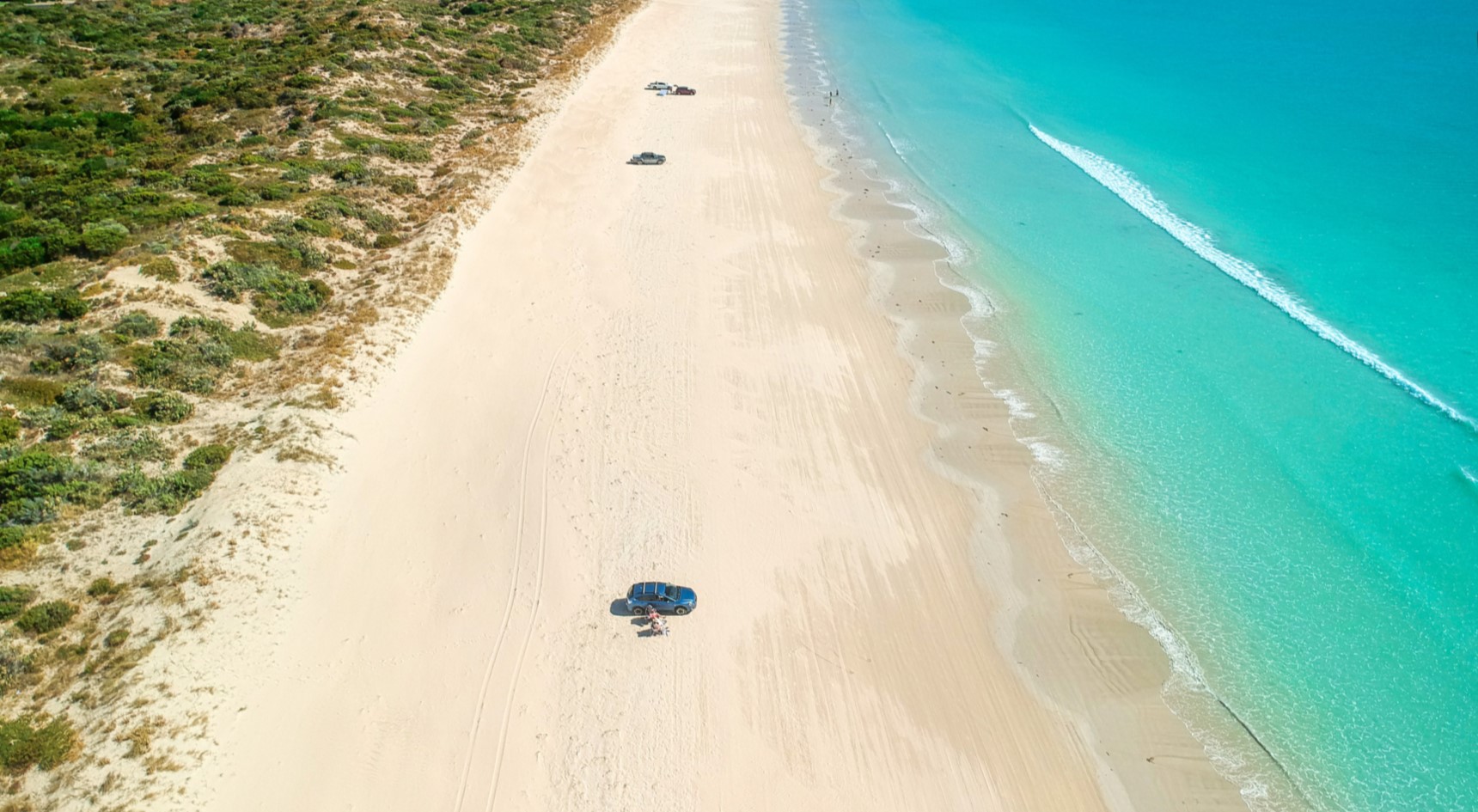
Long Beach, Robe. Image: Mark Fitzpatrick/SATC
What to know before you go
If you’re planning a beach adventure with your 4-wheeled friend, don’t set off until you know whether your vehicle can manage the terrain and conditions. RAA Senior Manager of Safety and Infrastructure Charles Mountain says it’s all about understanding the capabilities of your vehicle, and assessing if it can handle the sand safely. “Before you drive on the beach, make sure you check out the recommendations of the relevant council for that beach, as some are recommended for 4WD vehicles only,” he says. RAA Technical Advisory Services Manager Andrew Clark reminds us that not all vehicles can handle beach terrain. “We don’t advise taking 2WD passenger vehicles or SUVs onto the beach unless the beach has proper access roads or tracks,” he says. “Even if the sand looks firm, you don’t know what lies beneath or whether it will hold the weight of your vehicle. “Many beaches still have loose, soft areas that a 2WD vehicle may not cope with, so it’s important to stick to beaches that have been checked by someone knowledgeable or the local council.”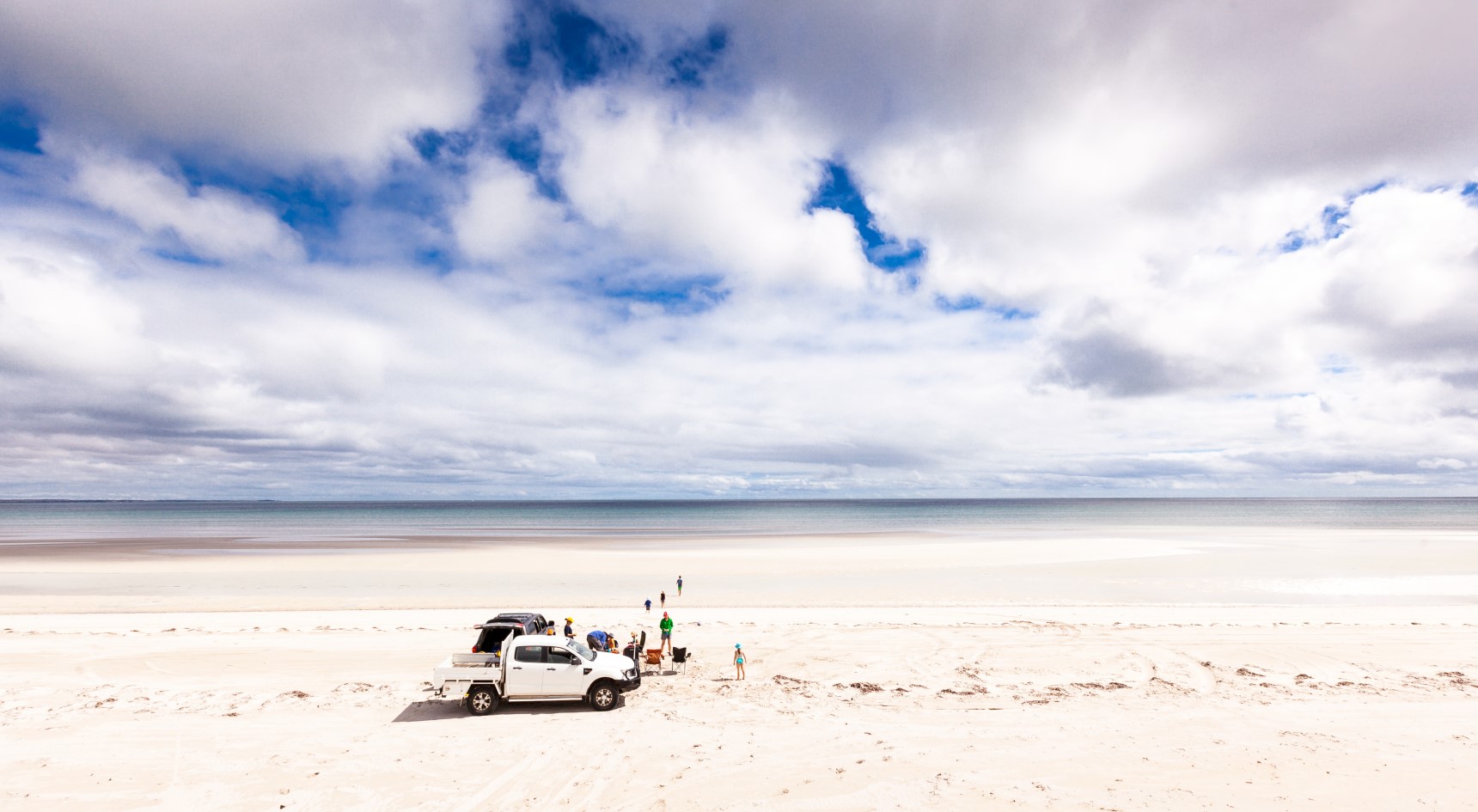
Stunning Yorke Peninsula. Image: Getty
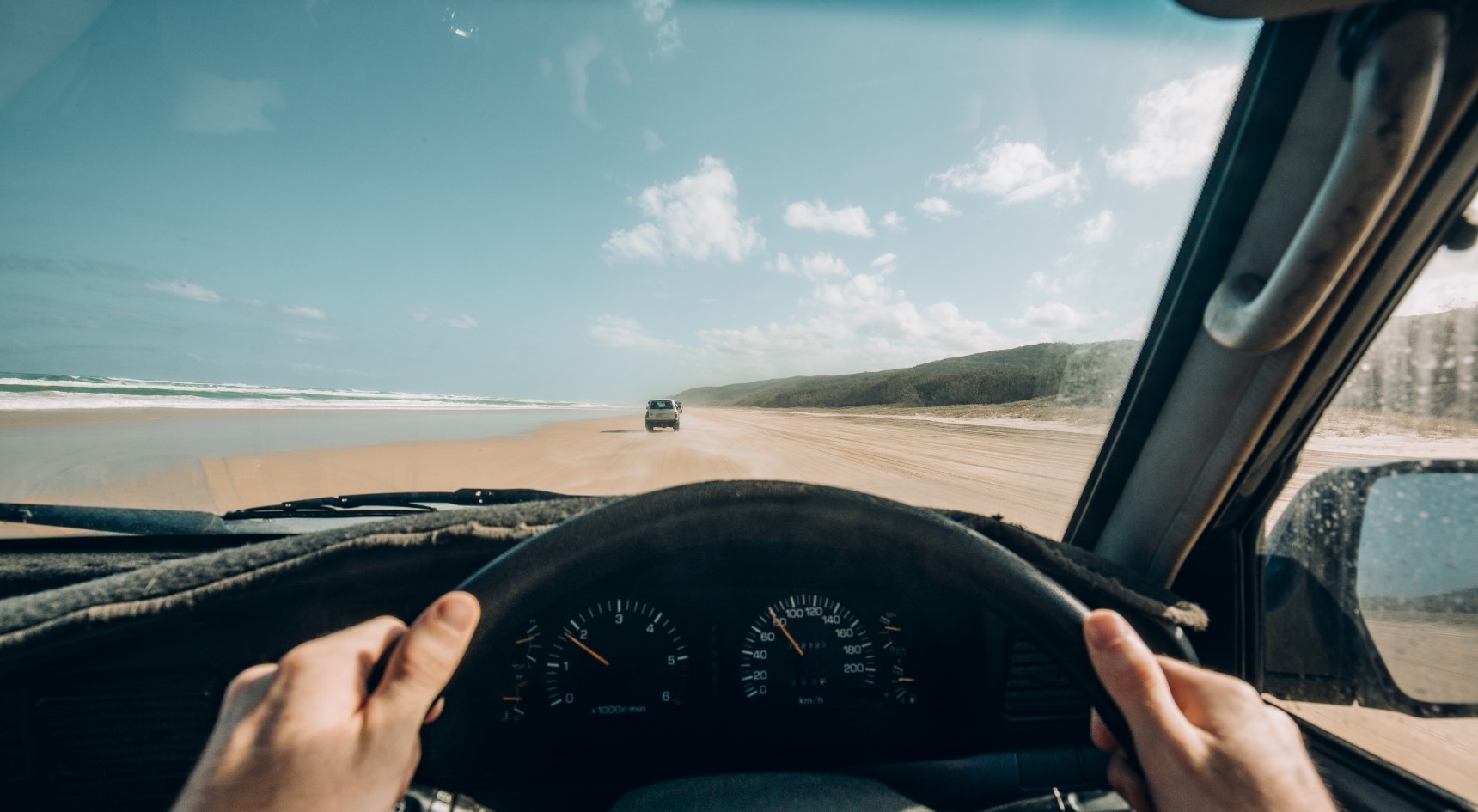
Follow the road rules on the beach. Image: Getty
Beach driving rules and etiquette
You’ve driven onto the sand – now what? All Australian Road Rules apply on beaches, so it’s important to keep the usual rules and regulations in mind when traversing the sandy stretches of our coastline. “Seatbelts and speed limits are 2 of the most important things to pay attention to when driving on the beach,” Mr Mountain says. “It’s important to wear a seatbelt at all times, no matter how slow you’re travelling, as well as abide by the general rule of driving to the left and give-way processes.” If there’s no speed limit sign-posted at the beach, drive no faster than 10km/h – much like in a carpark. This is already a rule at some of our state’s beaches, with a 10km/h speed limit applied at Moana, Aldinga, Silver Sands and Sellicks. Heading elsewhere? Check the local council’s website for further information.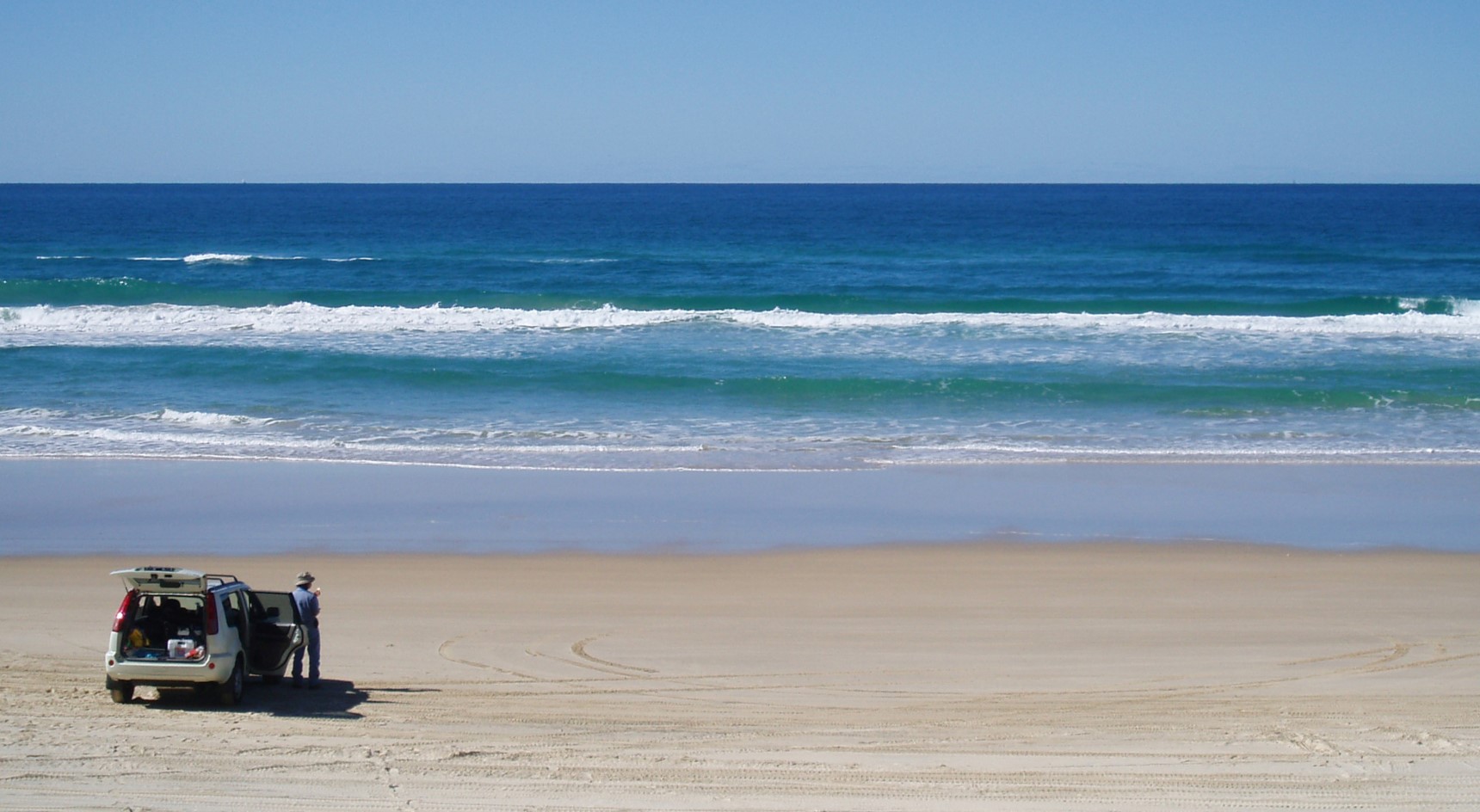
Know where to park your car safely. Image: Getty
Parking at the beach
Protecting our environment and its natural inhabitants (like nesting hooded plover birds) is something all beachgoers should keep front of mind, whether visiting on foot or in a vehicle. With a number of drive-on beaches in the council region, City of Onkaparinga Mayor Erin Thompson says where you drive and park can impact the natural environment. “It’s important to remember not to drive on the sensitive areas of the beach such as sand dunes, pebble banks, high beach (where the seaweed accumulates) and dry, soft sands,” Mrs Thomson says. “Driving on these areas can disrupt natural recovery process, making beaches more susceptible to erosion and storm damage. It can also destroy the habitats of wildlife such as the vulnerable hooded plover. “Please stay on the hard sand, exit the beach before high tide, take your rubbish home and observe parking restrictions around hooded plover nests. These birds are threatened with extinction if we don’t give them safe places to breed over summer.”
Remember, your car needs a wash from the sand, too. Image: Getty
What to bring
Our RAA Technical Advisory team recommend you pack the following tools next time you set off on a beach adventure in your car.- Traction ramps
- Recovery gear
- Shovels
- Drinking water
- Tyre deflation and inflation equipment
- Tyre pressure gauge
- Visibility flagpole
